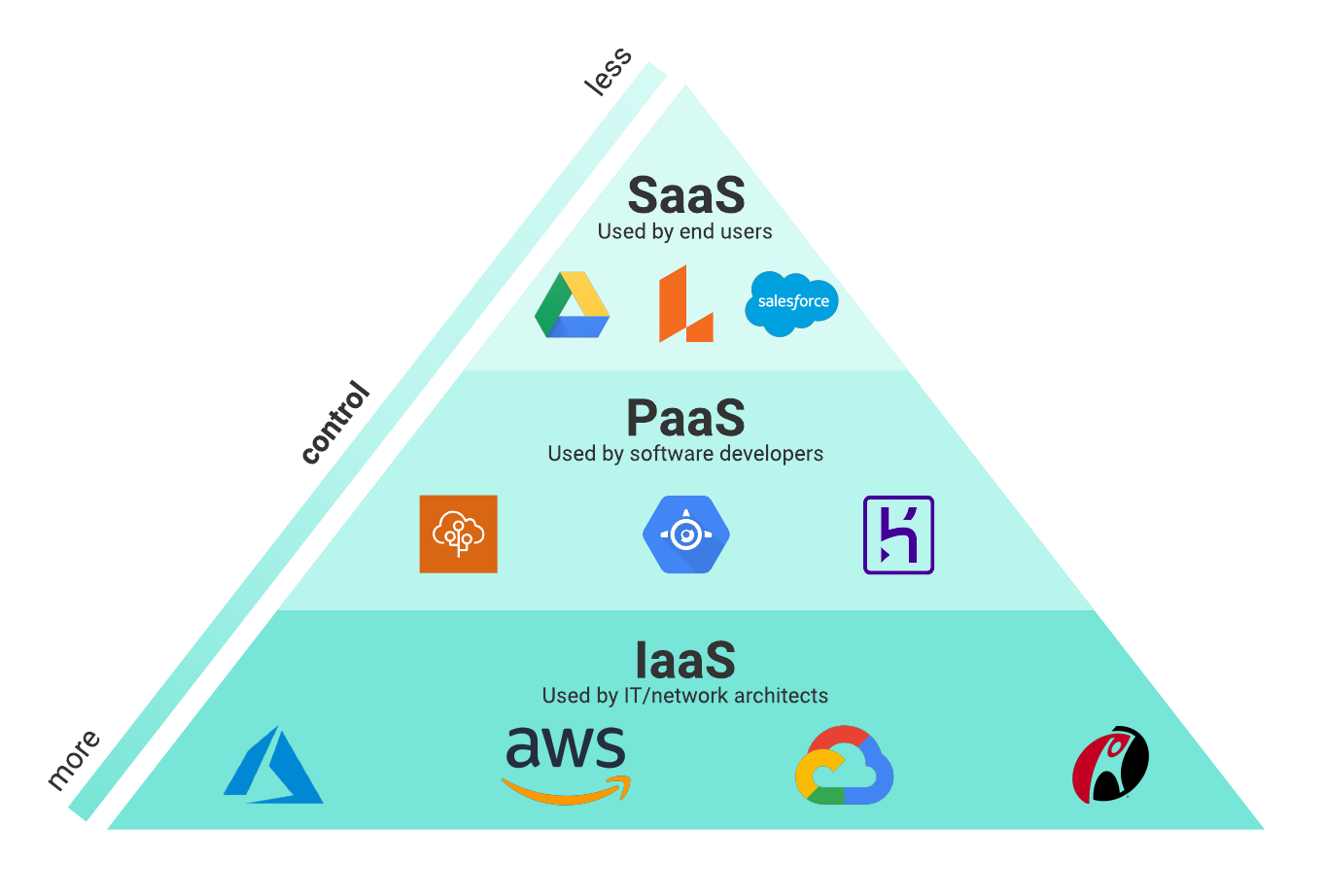Grasping LinkDaddy Cloud Services: The Ultimate Guide to Cloud Services Press Release Methods
Wiki Article
Simplify Your Infrastructure With Cloud Services
As businesses navigate the ever-evolving landscape of technology and information administration, the function of cloud services in simplifying framework has actually become progressively noticeable. How can organizations effectively browse this transition and truly unlock the possibility of cloud services for streamlining their infrastructure?Advantages of Cloud Provider
Cloud services use a streamlined approach to managing IT facilities, providing organizations with scalability, versatility, and cost-efficiency. One of the essential benefits of cloud services is the scalability they use.Additionally, cloud solutions get rid of the requirement for services to purchase expensive software and hardware. This cost-efficiency is a significant advantage, especially for tiny to medium-sized ventures aiming to lessen upfront prices. By using cloud solutions, services can access top notch IT sources without the significant price linked with conventional framework configurations.
In addition, cloud services give organizations with the adaptability to access their data and applications from anywhere with a net connection. This degree of availability enhances cooperation among teams, enables remote job, and raises overall productivity. The flexibility provided by cloud services equips businesses to adjust swiftly to changing market problems and customer needs.
Cost Savings and Scalability
In addition to the operational benefits highlighted earlier, the combination of cloud solutions right into a firm's facilities comes up with significant cost savings and improved scalability. Cloud services use a pay-as-you-go model, allowing organizations to scale resources up or down based upon present demands, therefore staying clear of the expenses connected with preserving excess capacity. This versatility enables companies to adjust promptly to varying needs without sustaining unneeded expenditures.Moreover, cloud services eliminate the need for upfront investments in software and hardware, minimizing funding expenses. Overhead are likewise minimized as companies no more need to manage and preserve physical servers, causing reduced power intake and IT staffing costs. In addition, cloud solutions supply automated updates and maintenance, making certain that the framework remains current and secure without requiring manual treatments.
Enhanced Security Procedures
Executing rigorous protection measures is extremely important when integrating cloud solutions into a company's infrastructure to secure delicate information and make certain conformity with market laws. Cloud service carriers use boosted safety and security functions such as information file encryption, firewall software security, and multi-factor authentication to minimize cybersecurity dangers.Moreover, regular security audits and compliance analyses aid make certain and recognize vulnerabilities adherence to market criteria. Companies can also benefit from features like automated safety and security updates and real-time risk monitoring provided by cloud company. By prioritizing safety and security steps and remaining positive in addressing potential dangers, companies can confidently leverage cloud services while safeguarding their useful data from unapproved gain access to or breaches.
Transitioning to Cloud Infrastructure
To efficiently incorporate cloud solutions right into a business's framework, a structured technique that deals with the change towards cloud-based solutions is essential. Transitioning to cloud infrastructure involves cautious preparation and implementation to guarantee a smooth movement process. The first action is to evaluate the present framework and identify which systems and applications are ideal for migration to the cloud. This analysis ought to consider aspects such as information sensitivity, conformity demands, and performance requirements.Once the analysis is complete, a migration method ought to be established. This method must detail the timeline, sources, and responsibilities for moving each component to the cloud. It is essential to interact this strategy plainly to all stakeholders to guarantee placement and decrease disturbances throughout the shift.
Throughout the movement testing, tracking and procedure are vital to identify and have a peek here address any problems promptly. Routine checkpoints should be developed to track development and make essential adjustments. Additionally, training for staff members on making use of cloud services ought to be supplied to ensure an effective transition and maximize the benefits of the new infrastructure.
Ideal Practices for Cloud Adoption
Effective adoption of cloud solutions hinges on the strategic positioning of company goals with technical abilities and business preparedness. To guarantee a smooth shift to the cloud, companies need to start by conducting a thorough analysis of their present framework and identifying which work are best matched for cloud migration. It is important to include essential stakeholders from different divisions in the decision-making process to acquire buy-in and resolve any worries early.An additional ideal technique for cloud adoption is to prioritize security and conformity. Organizations must meticulously assess the security measures provided by cloud solution providers and make certain that their data is protected according to sector criteria and regulatory requirements. Implementing durable information security, access controls, and regular protection audits can help alleviate risks connected with cloud fostering.

Conclusion

As companies browse the ever-evolving landscape of modern technology and information monitoring, the role of cloud services in streamlining facilities has come to be increasingly noticeable - linkdaddy cloud services. Just how can organizations efficiently browse this change and genuinely unlock the potential of cloud solutions for streamlining their framework?
look here Cloud services offer a go now structured strategy to managing IT infrastructure, offering organizations with cost-efficiency, flexibility, and scalability. By utilizing cloud solutions, companies can access high-grade IT resources without the large cost tag associated with conventional infrastructure arrangements.
To guarantee a smooth shift to the cloud, organizations must start by performing a thorough evaluation of their current framework and determining which work are best suited for cloud migration.
Report this wiki page